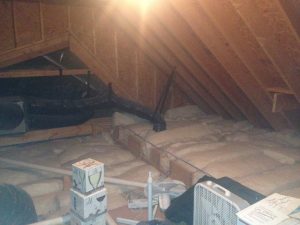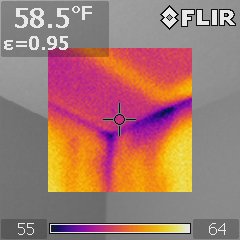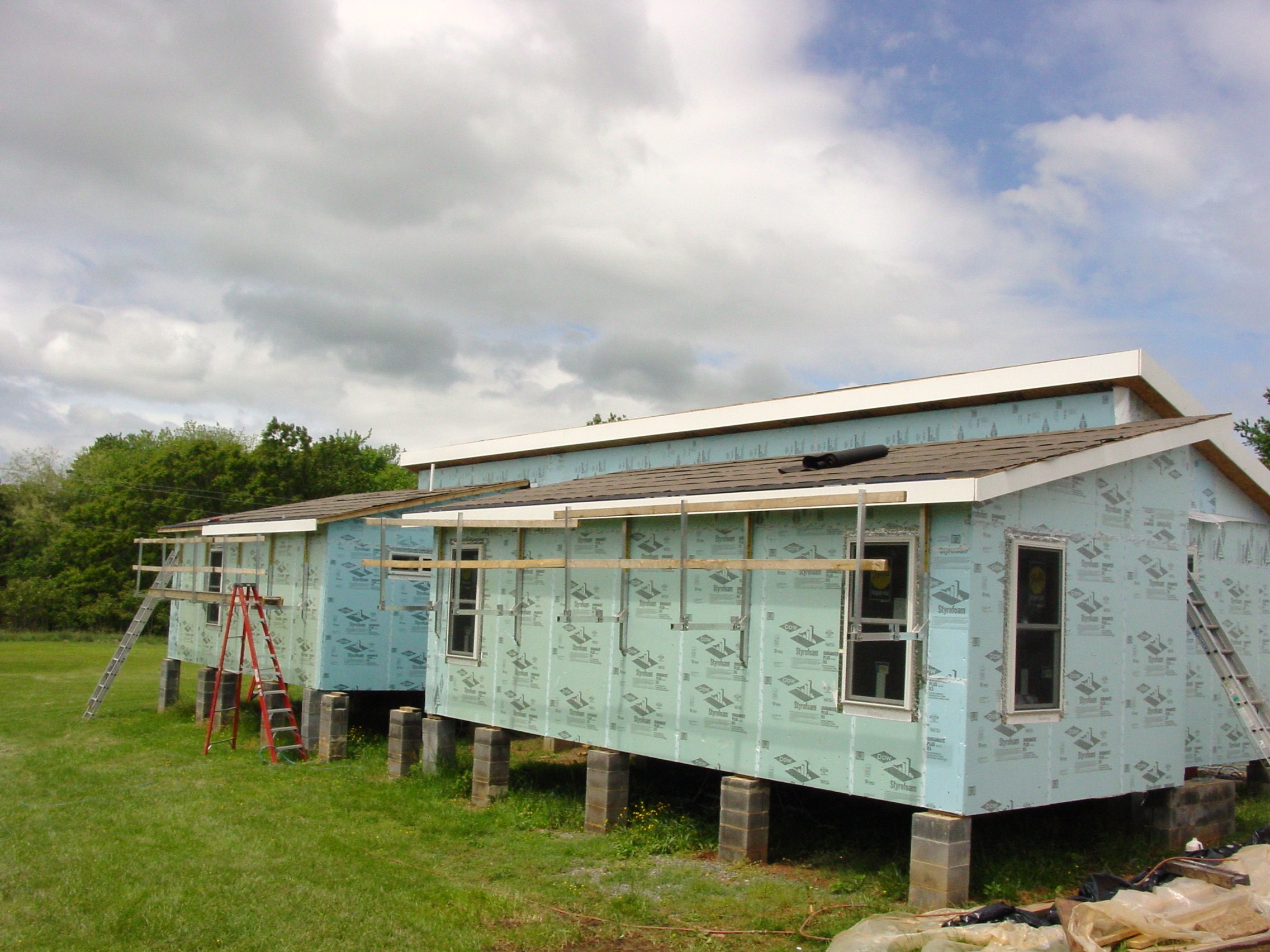Green Term Defined: 2012 International Energy Conservation Code
Every three years (or so) Virginia updates the Virginia Uniform Statewide Building Code (VUSBC). Virginia typically adopts a version of the International Building Code (updated every year) that is 3 years behind the current year. As of July 1, 2014, Virginia adopted the 2012 International Building Code, which will be mandatory for new buildings starting July 1, 2015. Part of that code is a subset called the 2012 International Energy Conservation Code. Virginia does not adopt it without some modification (I wish they did) so here are some things to expect.

- New homes being built have to be caulked and sealed to create an air tight envelope. Virginia modified this requirement to allow for a visual test – essentially making this a worthless requirement. If you are building, you should ask your builder for a blower door test to at least meet the 2012 IECC requirements of total building air leakage.
- Ducts and air handlers must be sealed with maximum leakage testing to show tightness. Once again, Virginia allows for a visual test instead of the more effective duct blaster test.
- 50% of light bulbs and fixtures in a dwelling must now be high-efficacy lighting. I have not designed a house in more than 10 years that did not meet this requirement.
- Wall insulation requirements have increased from R-13 to R-15 or R-13+1 Continuous.
- Hot water pipes need R-3 insulation according to the code – unfortunately Virginia deleted this requirement completely.
According to a report developed by the Department of Energy, full implementation of the 2012 IECC would add $215 to a home over the 2009 IECC. The projected savings the home owner would see over the first year is $388. So ask your builder to build to the 2012 IECC instead of just the worst possible thing allowed by Virginia law – the Virginia Uniform Statewide Building Code.


